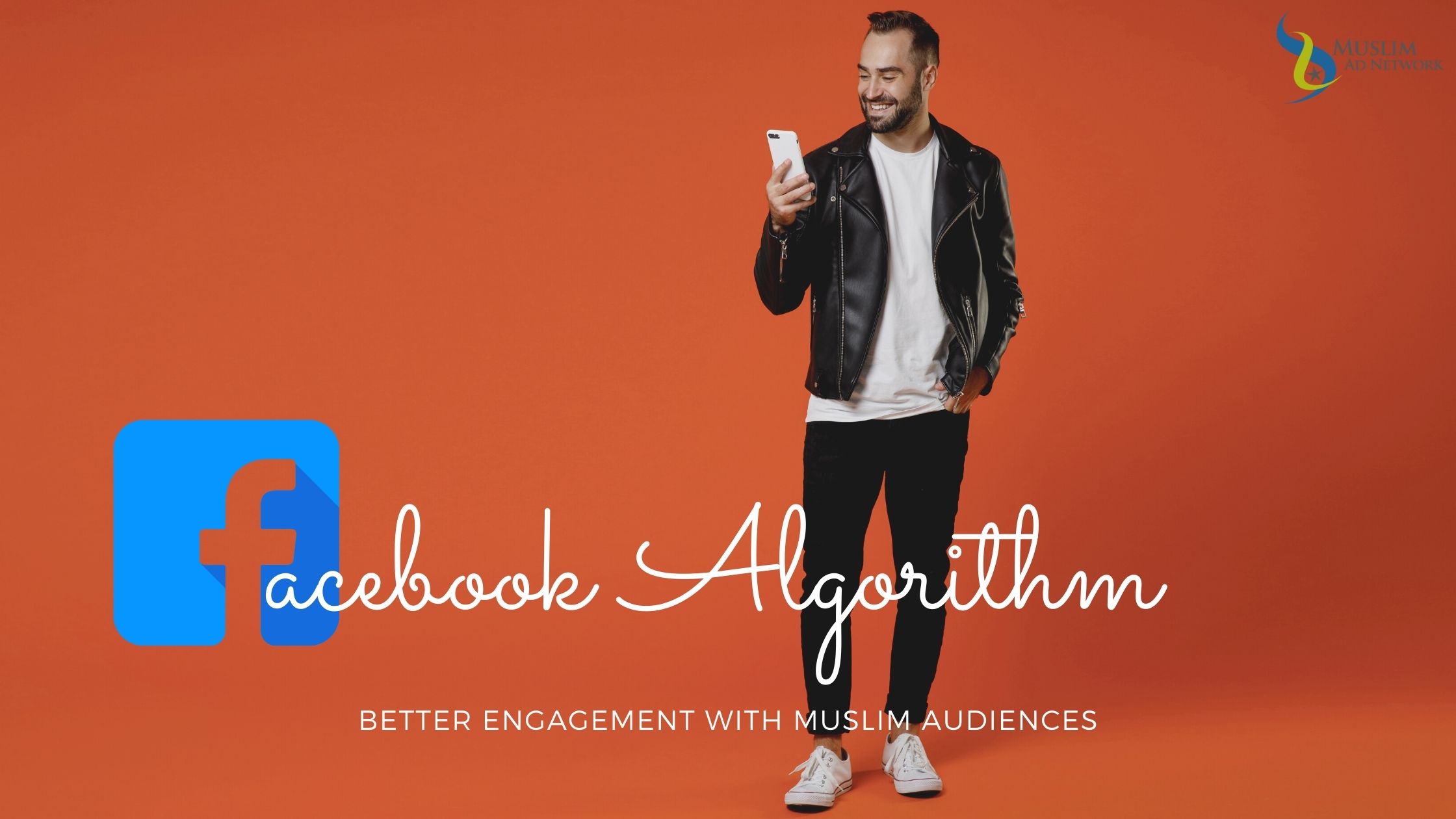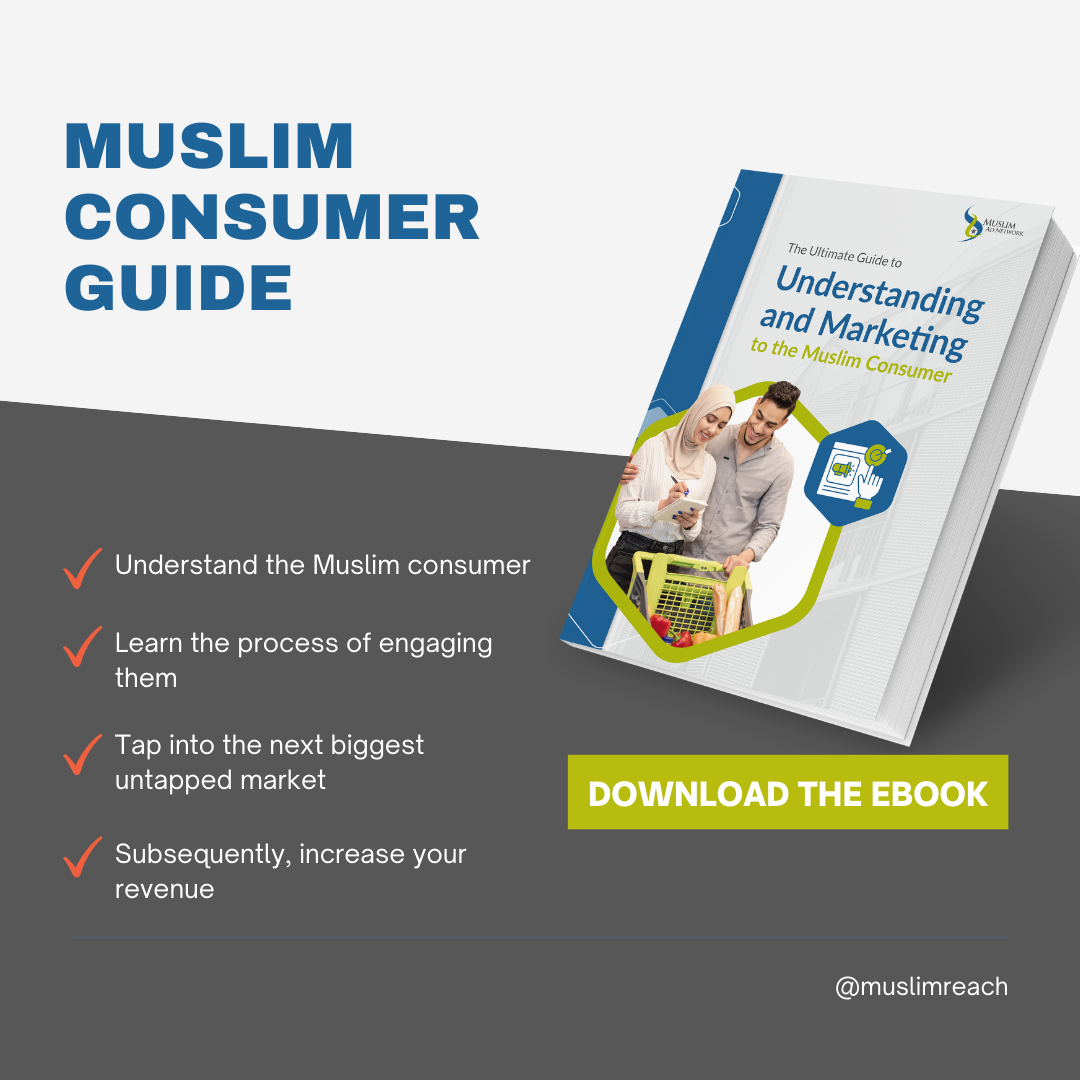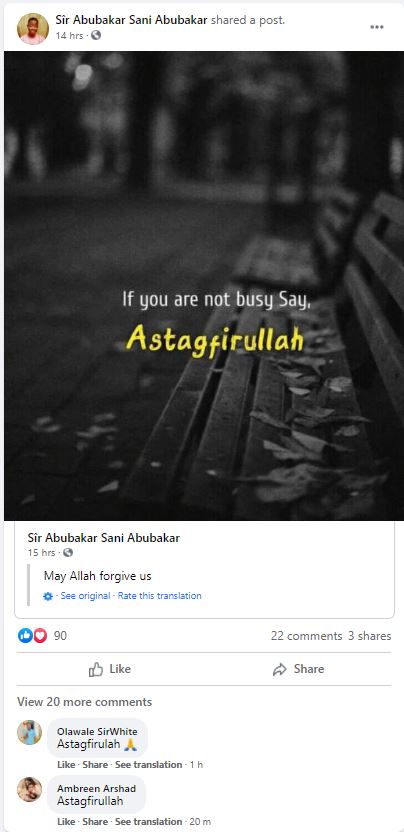
Part 1- Facebook
Part 2 – Twitter
Part 3 – Instagram
Note: If you are looking for answers on how to target Muslim audiences on Facebook after Meta blocked the ability to target people based on their religious interests please read: How to Target Muslim Audiences on Facebook – A Quick Solution.
A few months back we looked at How to Leverage Muslim Consumer Behavior Online with Social Media Marketing and gave you the tools to help you know if your social media marketing for Muslim audiences works.
Today we want to embark on a series that looks at the other side of the coin and help you understand how to leverage the news feed algorithms on Facebook, Twitter, and Instagram. We believe that understanding how they work will help you target Muslims on social media platforms more efficiently.
Every Muslim user on social media is connected to hundreds of people — in some cases even thousands — on Facebook, Twitter, and Instagram. At the same time, they don’t want to be bombarded by every single update from every single connection.
Social media platforms have done plenty of user research to validate that feeling. That’s exactly why the news feeds and the algorithms exist in the first place.
The main social media platforms have gravitated toward an algorithm-based feed in an effort to create more customized and relevant experiences for their users. The issue for you as a marketer or business owner is that each algorithm works differently. On top of that, they’re constantly changing, requiring you to stay updated all the time.
To help you reap the most benefits, we’ve put together this easy-to-understand guide on how the algorithm and news feed work on Facebook, Twitter, and Instagram.
Keep in mind that the algorithms are constantly changing. So keep your eyes peeled and stay updated.
Let’s dive in!
How Social Media Algorithms Work in General
Social media algorithms are a way of sorting posts in a users’ feed based on relevancy instead of publishing time.
Source: SproutSocial
Social media platforms prioritize content a user sees in their feed first by the likelihood that they’ll actually want to see it. Pre-algorithms, social media feeds displayed posts in reverse chronological order. The newest posts from accounts a user followed showed up first.
Algorithms use machine learning and data science. They’re capable of parsing data and ranking posts based on criteria that can be a mystery to marketers. But nevertheless, it makes the user news feed more relevant.
So if you really want to engage with Muslim users on social media, you need to provide content that they find interesting and beneficial.
Before we move further, make sure you download The Ultimate Guide to Understanding and Marketing to the Muslim Consumer. Your brand’s guide on breaking into one of the fastest-growing untapped consumer markets in the world.

Staying in Good Terms with the Facebook News Feed Algorithm
Before I tell you what to do, how about I tell you exactly what not to do.
Facebook recently explicitly discouraged a practice called engagement baiting. This practice looks innocent and I am sure many of you reading have done this or are still doing it. However, doing it today may get you in a lot of trouble and that’s why I want to start here.
This is what Facebook has to say about it:
“Engagement bait is a tactic where you goad people into interacting through likes, shares, comments, and other actions, in order to artificially boost engagement and get greater reach on your stream.
Examples of engagement bait tactics are:
- React baiting: posting spammy content such as “Love react if you’re into PC gaming!”
- Follow and share baiting: telling viewers to “Like, follow, share, and subscribe!” in your description.
- Comment baiting: telling viewers to comment a number or letter on your stream.
- Monetization baiting: Asking for Stars in return for something, like doing push-ups or eating something objectionable.
These tactics are not allowed and can result in your Page or post being demoted. Instead, learn best practices for building engagement.”
Source: Facebook Business Help Center
Here is an example of a post that Facebook may deem an engagement bait:

Capitalizing on the Facebook News Feed Algorithm to Engage Muslims
The Like button, since it was first introduced in November 2007, has helped Facebook’s engineers figure out which posts are delighting users and which are not.
However, the algorithm today is much more sophisticated. It isn’t just about the Like button anymore — and this is not just because they introduced more reaction buttons. Facebook’s algorithm is by far the most complicated of the three social media platforms covered in this series.
Here’s a quick rundown of the most important components of Facebook’s algorithm and tips to capitalize on them.
Relevancy Score
The relevancy score takes into consideration hundreds of variables to predict whether a given user will like, click, comment, share, hide, or even mark your post as spam.
It predicts each of these outcomes and quantifies them into a single number called a “relevancy score” that’s specific both to you and to that post.
Once every post that could potentially show up in a user’s feed has been assigned a relevancy score, the sorting algorithm ranks them and puts them in the order they end up appearing in your Muslim audience’s feed.
So every time they log in, the post they see at the top of their News Feed was chosen over thousands of others as the one most likely to make them react and engage.
The ads you run on Facebook are also given relevancy scores. This way Facebook can show users the ads that matter most to them.
Tip: Facebook users can prioritize a person or page to see first. That way their posts will appear at the top of their News Feed. Make sure you make your superfans aware of this feature if they don’t already use it and ask them to prioritize your Facebook page.
Time Spent on Your Post
Muslim audiences spending more time on a particular post of yours in their feed compared to the majority of other posts they look at is a sign of relevance.
How does this play out to your advantage? It amplifies your reach on Facebook. When your targeted Muslim audience spends more time on a particular post, Facebook shows that post on their friends’ News Feeds.
You then have access to a wider Muslim audience with the same interest as those you have already targeted directly.
Tip: Create compelling content and boost them as ads whenever you can. This is one of the best ways to get more users following your Facebook page.
Video Engagement
To understand whether users found a particular video interesting, Facebook started monitoring different forms of video engagement — like turning on the audio, switching to full-screen mode, and enabling high definition.
This is because they noticed that most users who are interested in a certain video didn’t necessarily Like it, comment on it, or share it with their friends.
So now users who engaged with your video-related content will see more of your videos in their News Feed.
Tip: Create awesome video content. Facebook will give precedence to videos created natively on the Facebook platform itself. So make sure to make videos part and parcel of your Facebook strategy.
With Ramadan here at the time of publishing this article, you may also benefit from the following article: Using Social Media to Gain Ramadan Buyers.
Let Muslim Ad Network help you find and engage Muslim customers on all online platforms including social networks. Muslim Ad Network can help connect your organization or product with Muslim consumers on social media platforms like Facebook, Instagram, Twitter, YouTube, and LinkedIn! Contact us today!
start targeting muslim consumers